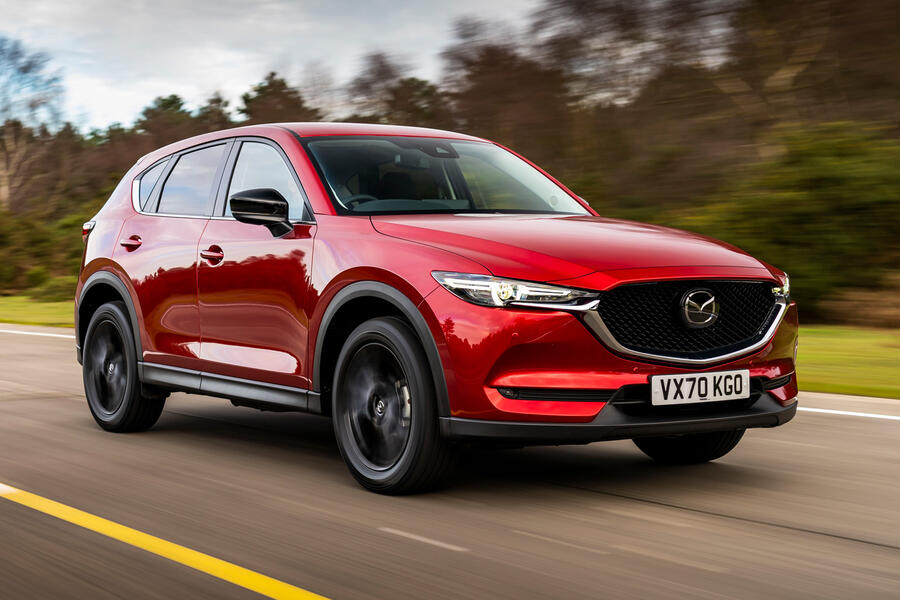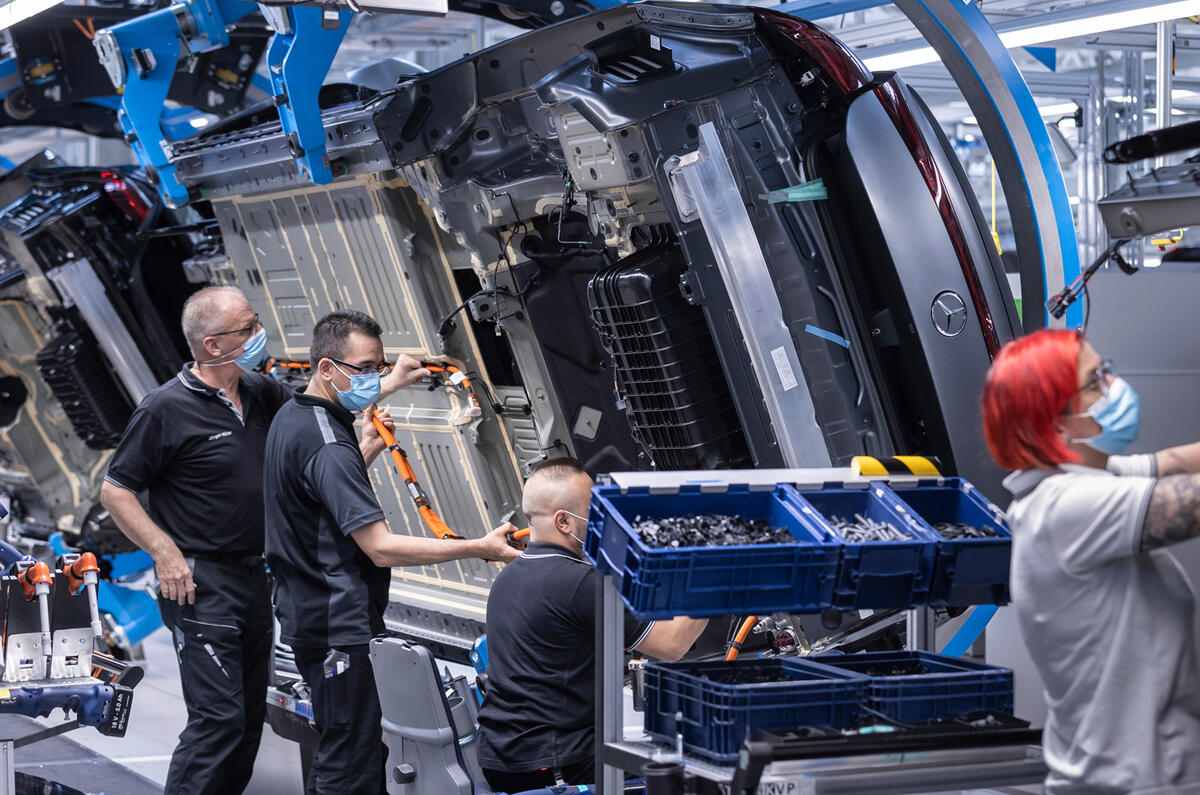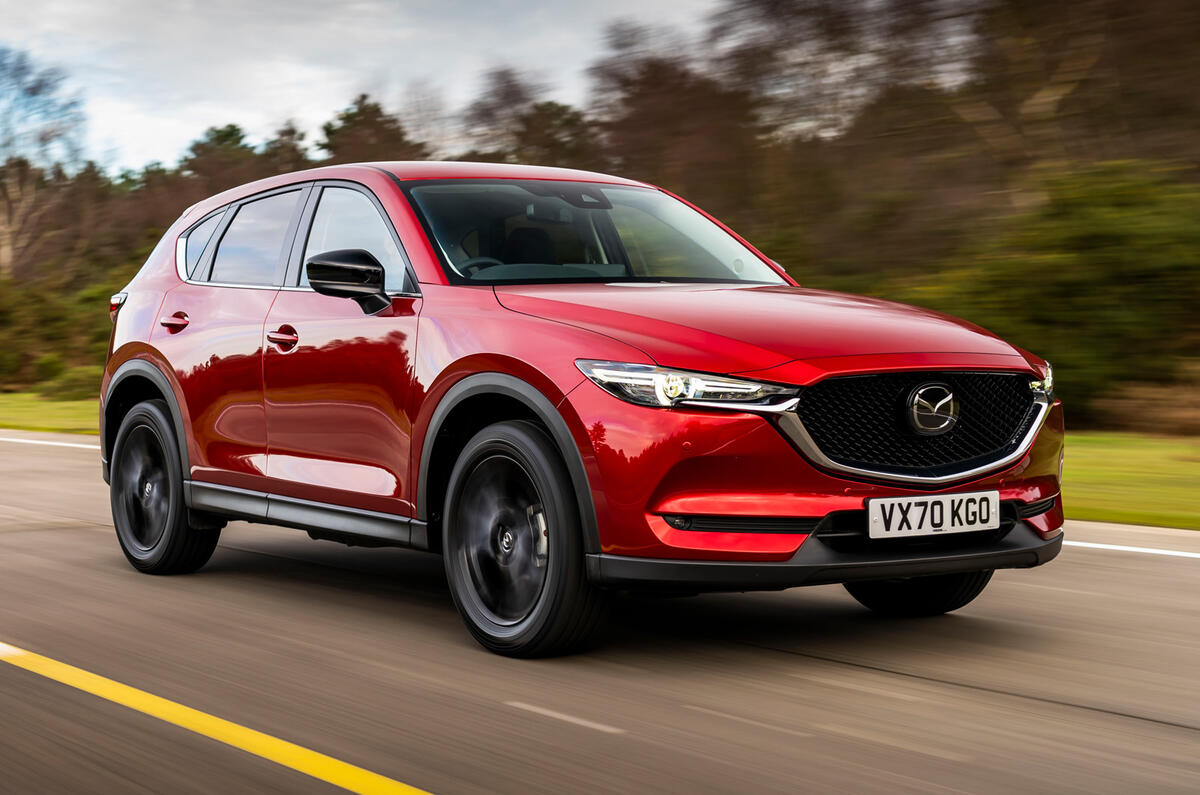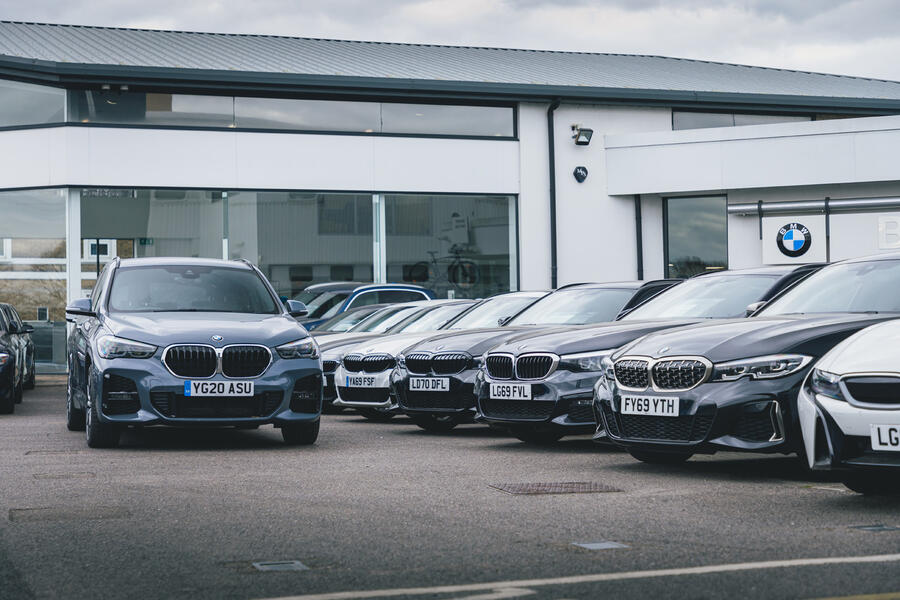If you want a new Audi A3, you will be waiting until 2022 – and right now, dealers can’t say exactly when in the year. At least their opposites at Jaguar know precisely how long you will have to wait for a new I-Pace: 12 months.
New car delivery times are a familiar issue at the moment, with their roots in the Covid-19 pandemic; a global semiconductor shortage as manufacturers divert supplies to consumer electronics; a winter storm in Texas; runaway consumer demand; reductions in passenger flights (they carry a lot of cargo); and container ship challenges (the Ever Given that blocked the Suez Canal in March seriously disrupted schedules).
We’re talking about delivery times again because occasionally a reader contacts us in a stew about them, reminding us once again that big economic stories have a human dimension.
“I ordered a new Mazda CX-5 2.5 GT Sport AWD six weeks ago, with a confirmed delivery date of 28 October,” wrote Terry Osborn. “Then, recently, the dealership rang to tell me my order had been cancelled by Mazda but that I could instead have the updated version that would arrive next March. Although they would sell me it for the same price, they couldn’t say how it would differ from the car I ordered. For this reason, I cancelled my order.”

A Mazda spokesman told Autocar: “This month, we shifted our CX-5 production to the new model. We prioritised existing customer orders for the current model, but a small number of customers were impacted, and we advised dealers to offer them a switch to the new model. The number of CX-5 orders affected is around 80 cars.”
Pleasingly, Terry’s story has a happy ending, since he has managed to purchase a new Volvo XC40 for delivery in mid-October. “I got a terrific deal and also made a profit on my part-exchange, an Audi S3 – only the second car I’ve achieved that with,” he told us later.



























Add your comment